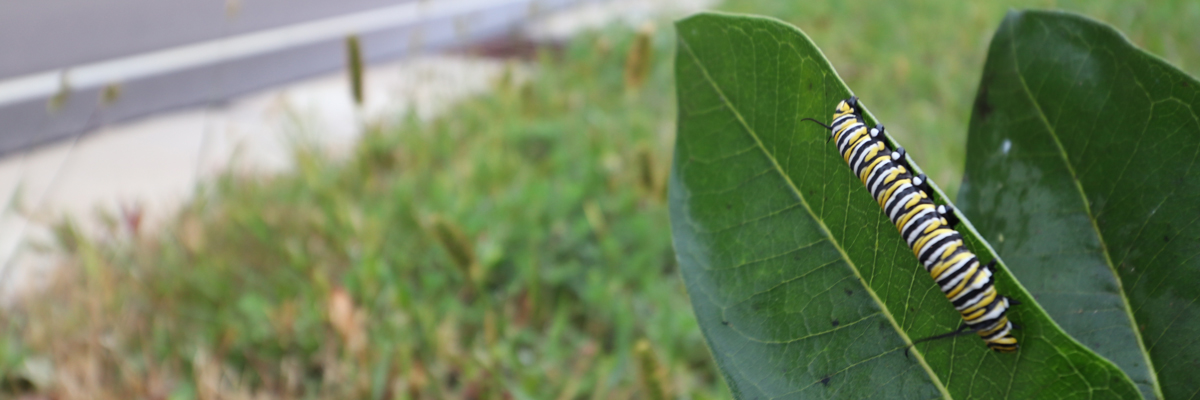
Dakota people have lived, worked, and managed the lands and waters of Mni Sota Makoce (today called Minnesota) for thousands of years. What we now call the Twin Cities metro area are the traditional, historical, and contemporary lands of the Dakota People. There are deep continuous connections between the Dakota people and this landscape that span from time immemorial until today. Despite forceable removal, genocide, and massive landscape alteration, the urban area is an Indigenous space.1
The Twin Cities today as recognized by many peoples and cultures includes urban nature, such as parks, yards, gardens, lakes, and streams, which provide a host of potential benefits for city residents. For example, urban nature provides shade and evaporative cooling, helping cities adapt to heat waves exacerbated by climate change. Urban nature also provides habitat for wildlife and flood relief. But urban nature is subject to myriad unique stressors that may impact ecological communities and impair their capacity to provide benefits to urban residents. These stressors include amplified effects of climate change, habitat loss and fragmentation, toxins, and invasive pests and pathogens. Furthermore, the benefits and burdens of urban nature are not felt equally by all urban residents, with white and otherwise privileged communities experiencing the greatest, and Black, Indigenous, and People of Color (BIPOC) experiencing the least benefits.
The Minneapolis-St. Paul Metropolitan Area (MSP) Long Term Ecological Research program brings together dozens of researchers from the University of Minnesota, University of St. Thomas, USDA Forest Service, The Nature Conservancy, and Water Bar, to study how urban stressors affect the ecological structure and functioning of urban nature, including for pollinators, the urban forest, urban watersheds, and lakes and streams.
Researchers also are exploring how disparities in who benefits most from urban nature have arisen and might be overcome. Researchers are studying diverse environmental policies and practices across numerous MSP municipalities to understand which ones best improve environmental outcomes for all residents. MSP researchers will engage with historically underserved BIPOC community partners in inclusive research that de-centers whiteness, and determine how such engagement changes researchers, community partners, and long-term urban nature research outcomes. Middle school learners will engage with MSP to learn state standards in Earth and life science through field trips to the Bell Museum and through urban nature-based learning activities in their own communities.
1. To learn more about the Dakota people's relationship to this region, please visit the Bdote Memory Map.